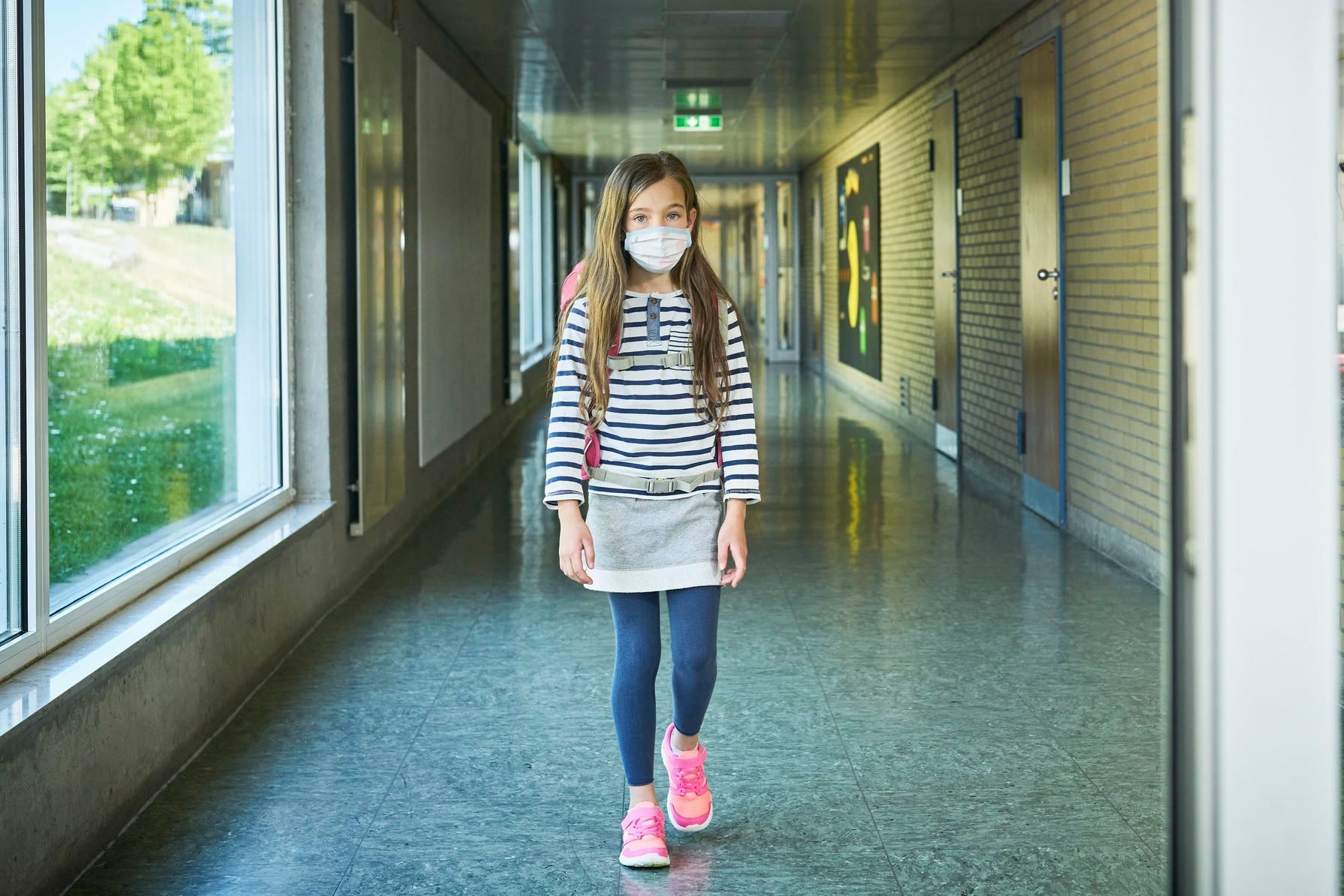
Get ready for a return to school
With a decidedly odd spring school semester amid the COVID-19 pandemic, for many, it felt like the end of the learning year and start of summer sort of blended together. Teachers, students, and parents were thrown into the remote learning realm without notice, resulting in chaos, comedy, and a lot of tears (on everyone’s part). Will the fall be any different? There are still so many unknowns about the coronavirus and its spread that decisions about what the 2020-21 school year will look like are in flux. One thing we do know is that the back-to-school season, typically filled with jitters over things like new teachers and challenging course material, will come with its own added set of unique concerns related to the current climate. These are the 10 things you may not see in schools again for the foreseeable future.
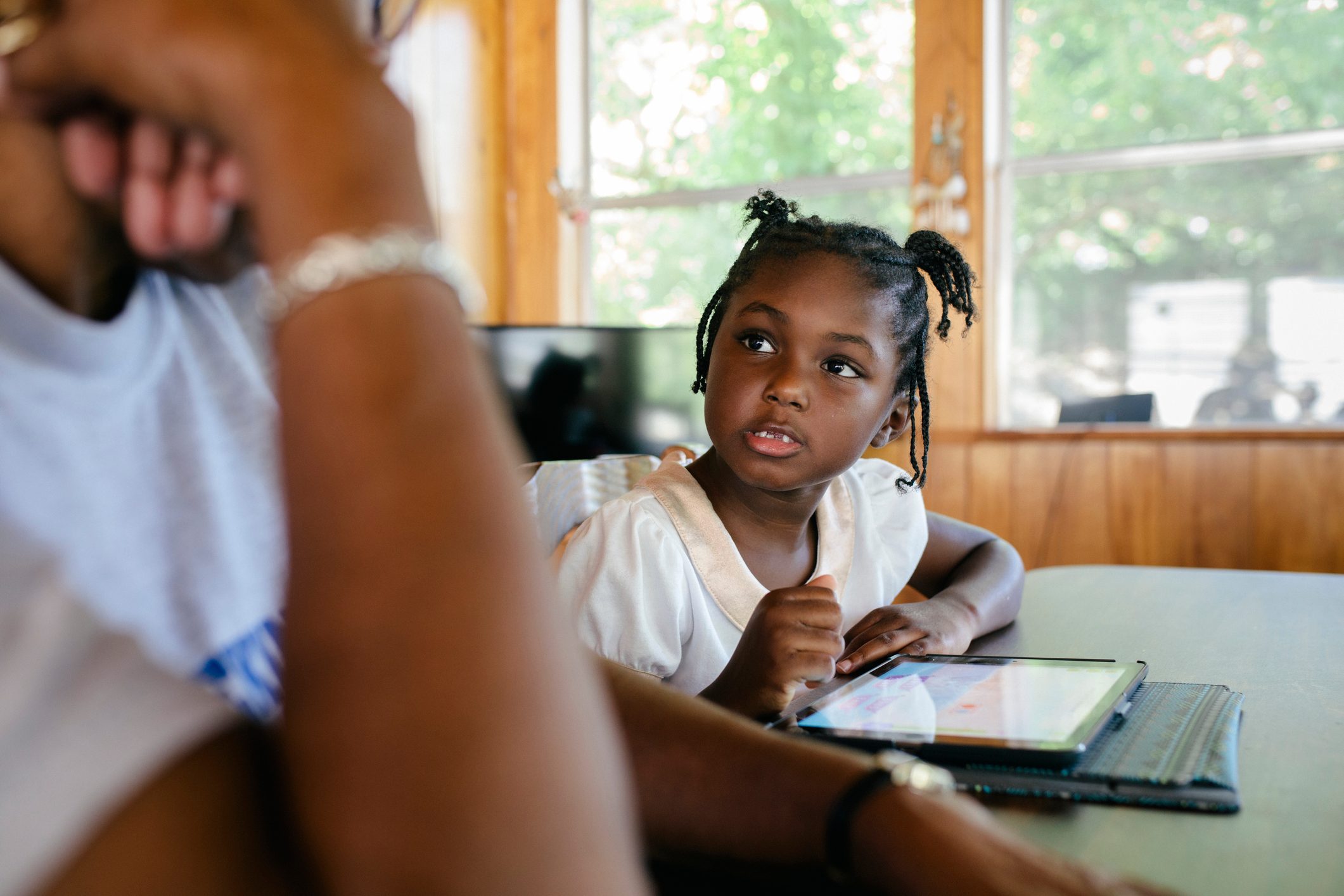
Kids will need an advance head’s up about changes
Regardless of whether the child in your life is returning to an in-person class, continuing with remote learning, or doing a hybrid of the two, school is going to be different. “Parents should start engaging their kids in conversations this summer to help them anticipate potential changes, such as new social distancing and health protocols, new schedules, etc.,” says Sara Potler LaHayne, CEO and founder of Move This World, a social-emotional learning program and a parent herself. Changes are nothing new in schools—just check out at what education looked like 100 years ago.

Caregivers will play a large role in what is—and isn’t—working
Younger students, in particular, have likely not yet learned how to advocate for themselves. Parents need to lead by example, and if something doesn’t seem to be working well in their new learning environment (whether that’s in school or at home), they should share their concerns with administrators. “Parents are in partnerships with the school and should have conversations regarding wearing masks, proper handwashing, and the importance of social distancing,” says Cynthia A. Trigg, CEO/Founder of Evolution Academy Charter School which has three campuses located in Texas. Or if your child is at home and distance learning isn’t conducive to your child’s education, reach out to teachers and administrators. “Parents can begin by having conversations with their children reinforcing expected school guidelines and contacting school officials with any questions or concerns,” Trigg says. Find out 13 everyday habits that could (and should) change post-coronavirus.
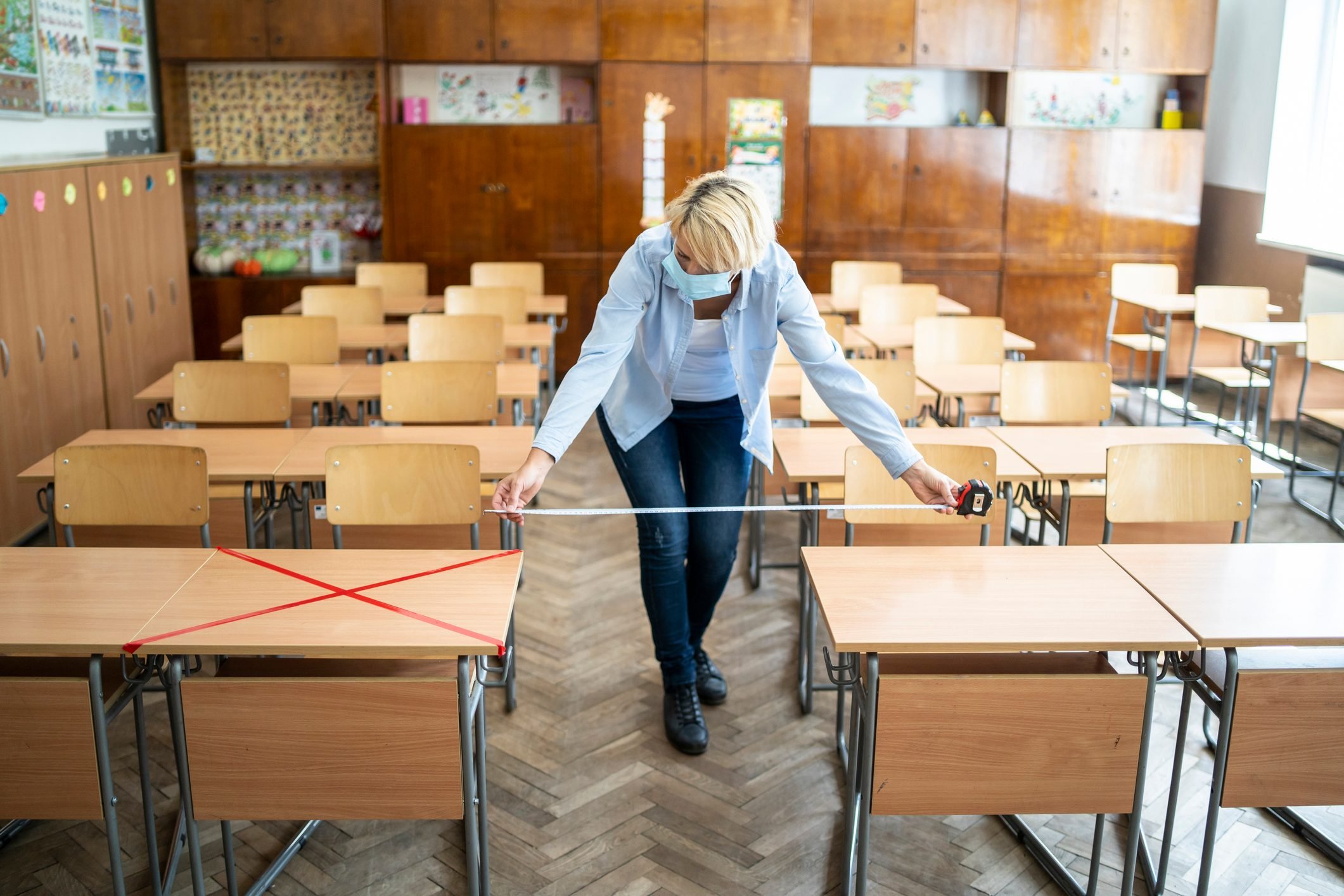
Desks may be spaced 6-feet apart
While so much remains in flux about the coming school year, one thing remains certain, Trigg says, “Our classrooms will be very different from the past.” One of the most noticeable changes is that desks will be positioned six feet apart. Why? That’s the distance the Centers for Disease Control and Prevention recommends to maintain proper social distancing because, as PBS News Hour points out, COVID-19 is believed to be spread through the transmission of droplets from an infected person who sneezes, coughs, and talks. Additionally, the CDC recommends desks to be placed “facing the same direction (rather than facing each other)” in an effort to limit the risk of face-to-face transmission.

Masks will be on the school supply list
“Students should be prepared to wear masks in some capacity,” says Vickie Pierre, who works in the marketing and public relationships department of a large school district. “What districts are grappling with now is figuring out when and where students should be wearing them. After all, it’s unrealistic to expect students to keep them on all day, especially if they’re younger,” she says. Some districts will only require them on the bus and exempt younger students, others will also require them in the classroom and for everyone. Make it easier by purchasing reusable masks now and practice wearing them at home.
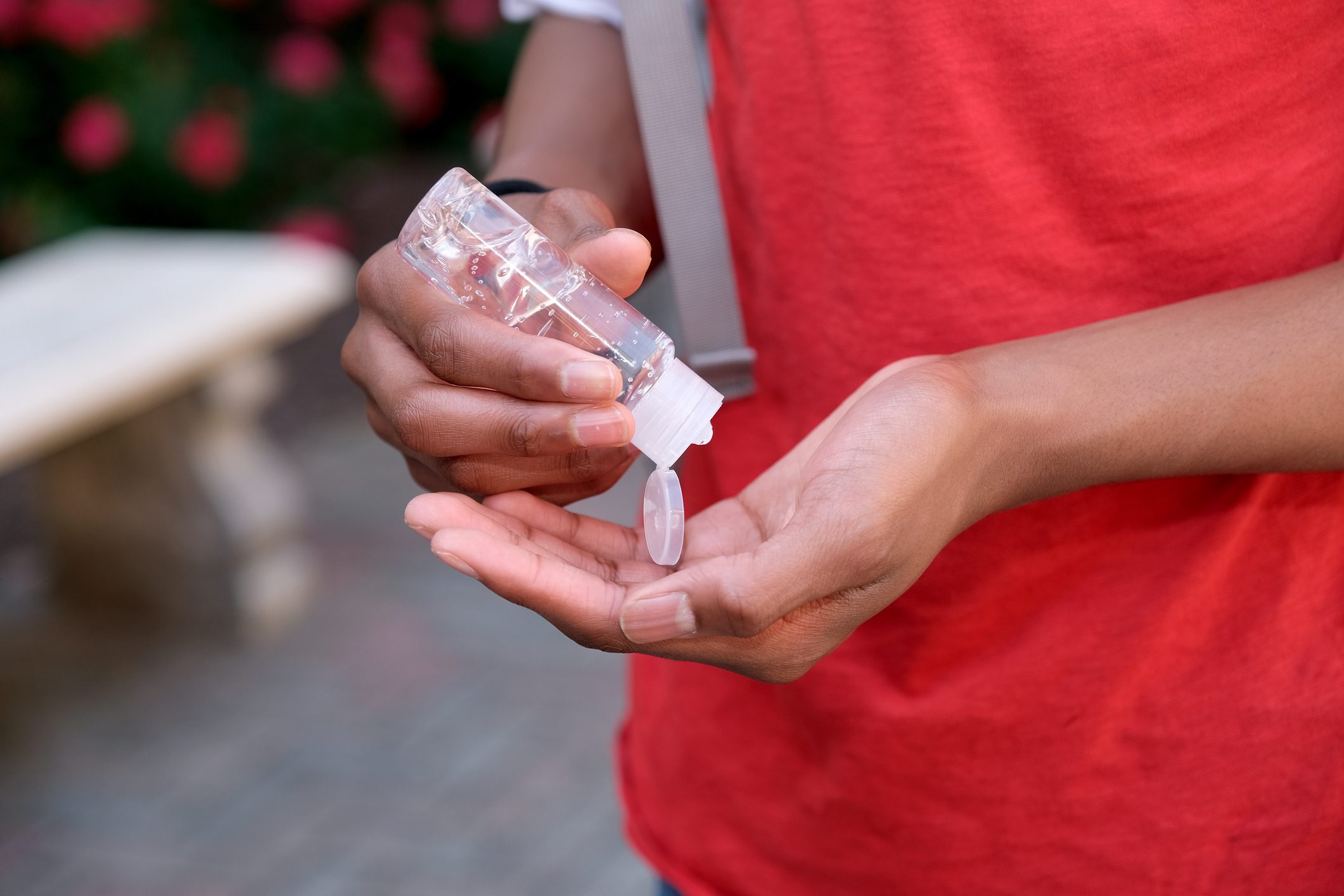
Individual hand sanitizer should be in every backpack
Put hand sanitizer on the back-to-school shopping list, too. Students will be encouraged to wash their hands frequently, but having access to their own hand sanitizer is helpful in a pinch. One brand to try is Green Goo, which is approved by the World Health Organization (WHO) and the Centers for Disease Control and Prevention (CDC). Even better, you can buy it by the gallon and in travel sizes that you can stash in your child’s backpack, then refill when it’s running low. To most effectively use hand sanitizer, the CDC recommends putting enough of the stuff on your hands to cover the entire surface. Then, rub hands together until they feel dry, which takes approximately 20 seconds. Find out creative uses for hand sanitizer (other than sanitizing your hands, of course).
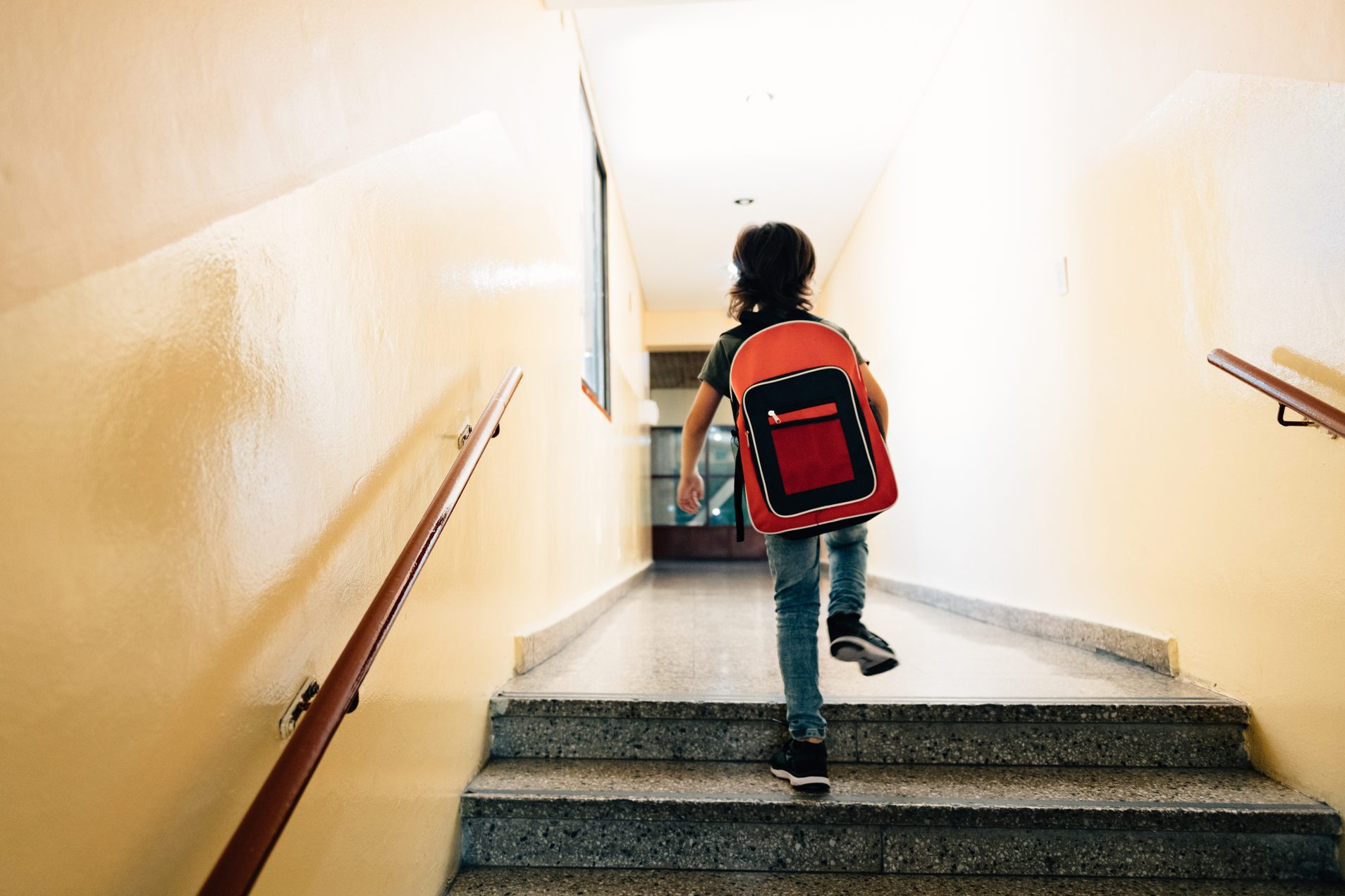
Staggered schedules could be the new norm
Still can’t quite visualize what the 2020 classroom will look like? Join the club. “First of all, there will be fewer students in class and some classes will even take place outside,” says Joseph Glatzer, a history teacher at Hercules Middle School in the West Contra Costa Unified School District in California’s San Francisco Bay Area. “There may be staggered start times, where a group of students go to school in the morning and then others will attend an afternoon shift or some school districts may instead choose to split students up to have them attend on different days of the week.”
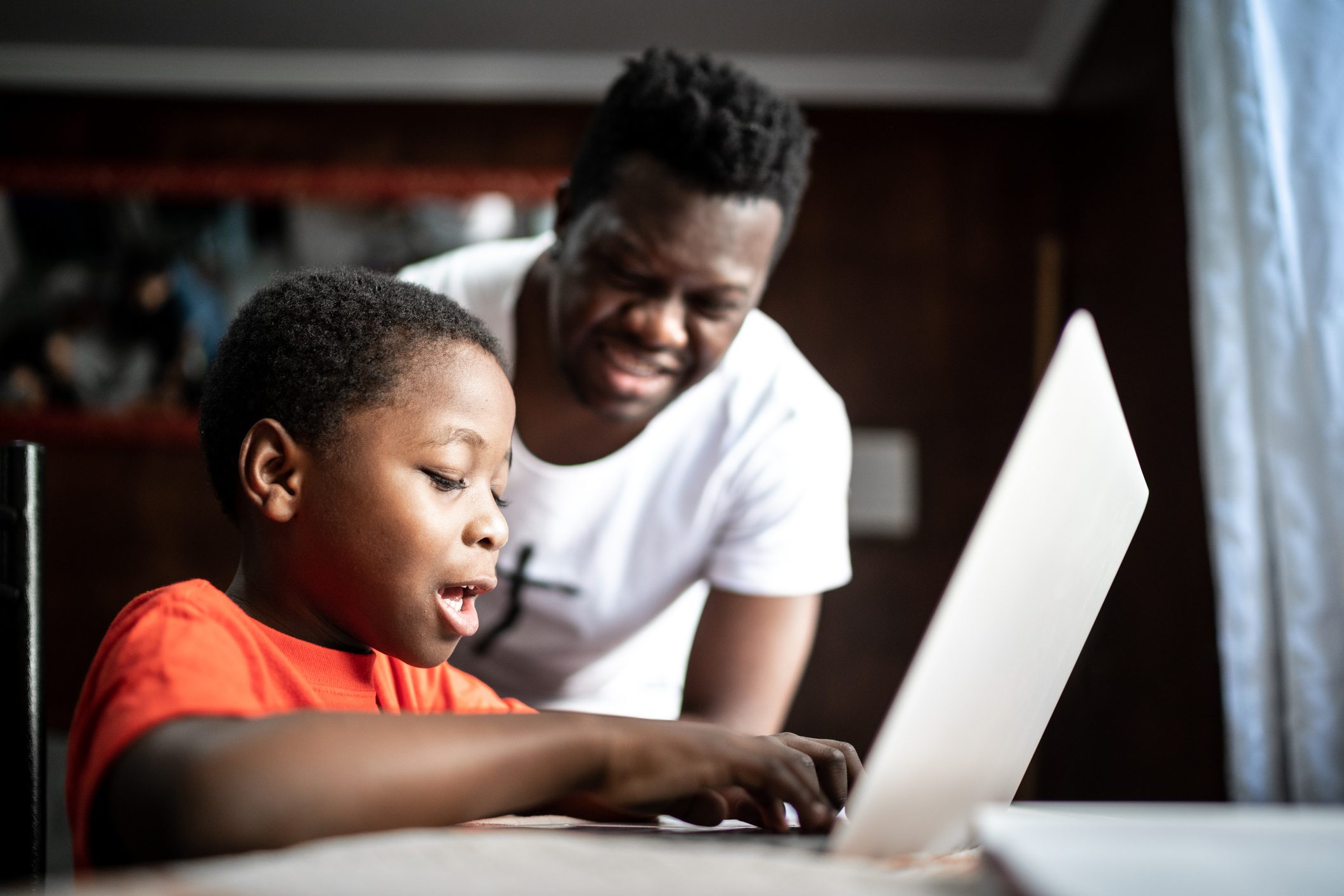
Remote learning will become more second nature
If those Zoom classes didn’t quite work for the student in your life, rest assured educators are listening and using the summer to assess what was helpful—and what wasn’t. “Some lessons learned include better ways to proactively reach out to families in need, increased knowledge of educational technology being used, and what reasonable expectations might look like during distance learning,” says Glatzer. “Some teachers were already using a large amount of technology with their students and others were not. Also, some parents had more experience with technology than others.” The goal is to have the fall go more smoothly after the additional months of planning. Find out the school subjects you took as a kid that your child won’t.

Social-emotional support for students will be imperative
If a child is particularly nervous about going back to a physical space for school, whether it’s due to pandemic concerns or because beginning something new has them feeling anxious, there are some other backpack additions that may help. Karen Gross, author of Trauma Doesn’t Stop at the School Door: Strategies and Solutions for Educators, PreK-12, has some comforting suggestions. “(Send) some item from home that has meaning—a transitional object like a small stuffed animal or a favorite book, a feeling stone, or some Kimochis (soft felt feeling toys),” she says. “Include a daily note of support and love and affection and encouragement; something like: ‘Today’s a good day to have a good day,’ ‘I am proud of you,’ ‘You are a remarkable person,’ or, ‘Dream big.'”

Home classrooms will be the new home office
If your child’s school is looking towards a hybrid of in-person and distance learning, it’s a good idea to assemble a workspace at home. Think of it as more of their own private classroom than a study space. “It doesn’t need to be dry to be a ‘learning space,'” says Candice Lapin, founder of The Ladder Method, a meta-learning/academic coaching program. “It should have an organized desk-like space as well as a study wall where they can put awards, achievements, and a calendar of events, tests, and quizzes.” You’ll appreciate these tips from teachers when it comes to homework.
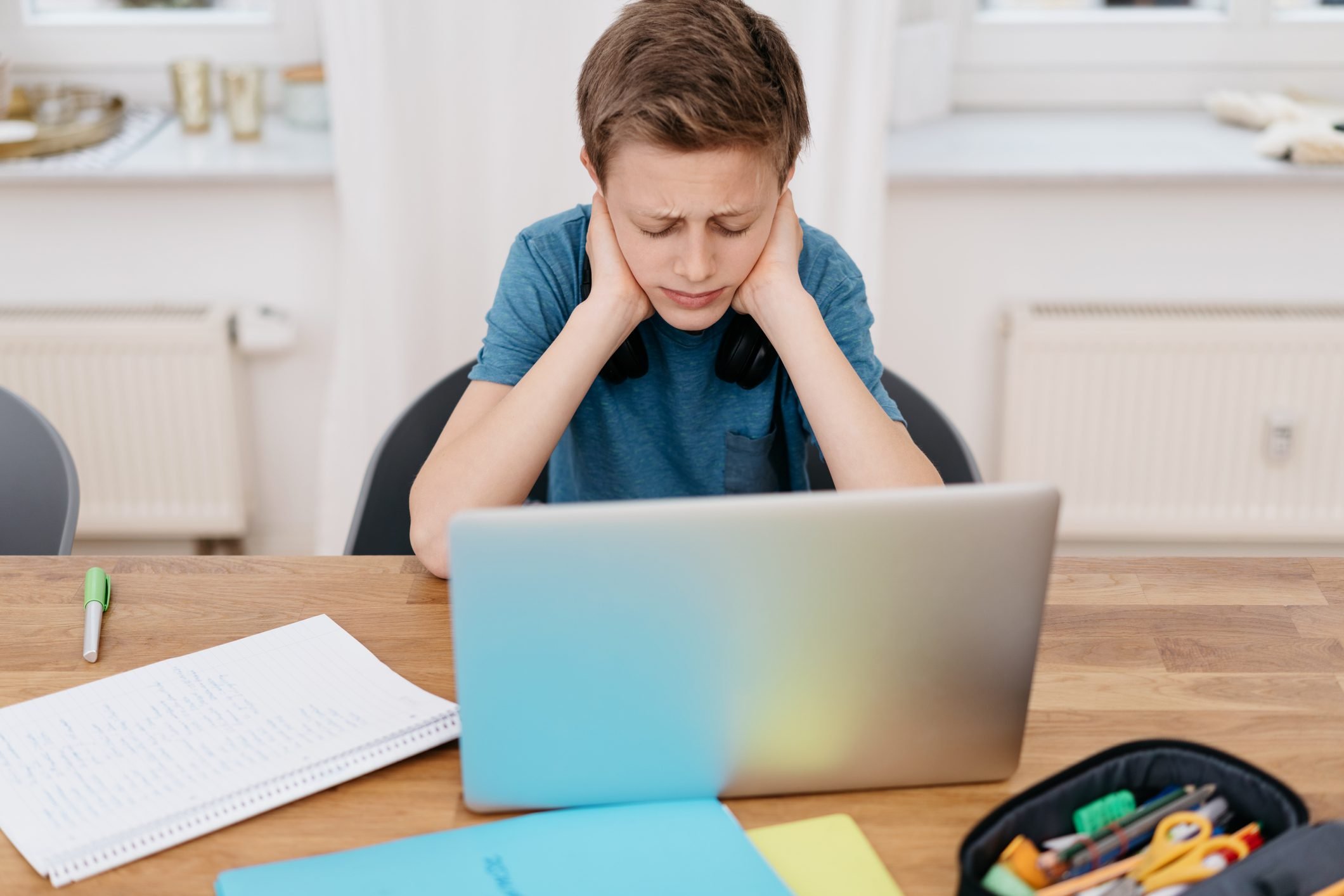
Zoom fatigue will continue to be a challenge
It isn’t uncommon for kids to meltdown during what feels like a long-winded class meeting over Zoom. After all, it’s very different to experience an in-person morning meeting in a classroom surrounded by your peers than it is to listen to a barrage of questions launched at a teacher online. “Zoom fatigue is not an exaggeration,” says Lapin. “In fact, many adults feel fatigued after spending all day in front of a computer. You want to make sure you acknowledge that staying engaged is a process—even for adults! It should be no surprise if you see your child needs a rest.” For the little ones, she suggests creating a sticker or progress chart so they can see when they have challenged themself to stay engaged even when it didn’t quite measure up to what they experience in class. Find out the 12 tech tools kids can’t learn without this fall.
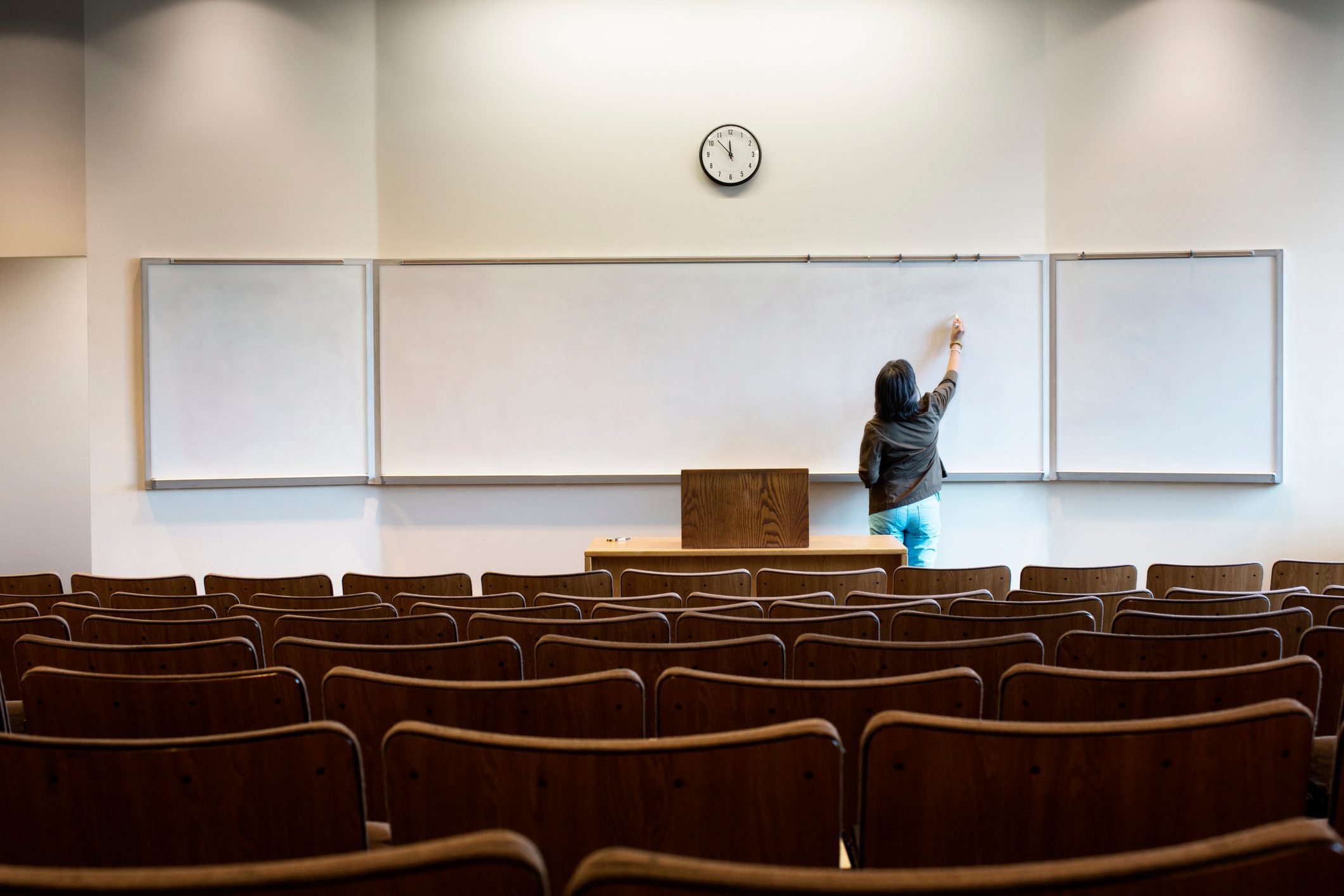
Colleges could offer alternating semesters on campus
“Colleges and universities are facing a real challenge right now—how can they provide the same quality of education that they always have, while ensuring health and safety for all students,” explains Rob Kingyens, CEO of Yellowbrick, which partners with universities and big brands to create online courses to help people with their passion projects. “Moving coursework online is one answer, but academia hasn’t collectively perfected the approach just yet.” Ultimately, he says, the pandemic will force colleges and universities to make tough choices, and there may be a staggered model as to when students can return to campus or not. For example, Yale University in Connecticut has said freshman, junior, and senior students may return in the fall, while in the spring, it will be sophomores, juniors, and seniors who can be on campus.

University curriculums will eye course material for the real world
Regardless of one’s industry, the workplace is changing rapidly. With so much learning moving online, college and university students can expect to see more courses directly responsive to employer demands. Tom Adams, co-founder and president of Quantic School of Business and Technology, is leading the inaugural mobile-first MBA program created for the modern professional. He points to data that found a third of Americans believe losing their job during COVID-19 would require additional education to find similar employment. “The traditional MBA sector has faced several years of decline as prospective students seek programs that don’t require them to move and give up several years of job experience and income,” says Adams. “Yet, the demand for building senior-level decision-making and leadership skills has grown. Now, we are sure to see more institutions give thoughtful attention to the development of high-quality online learning experiences.” This may be a good time to sign up for a free online college class.
For more on this developing situation, including how life might be different post-lockdown, see our comprehensive Coronavirus Guide.